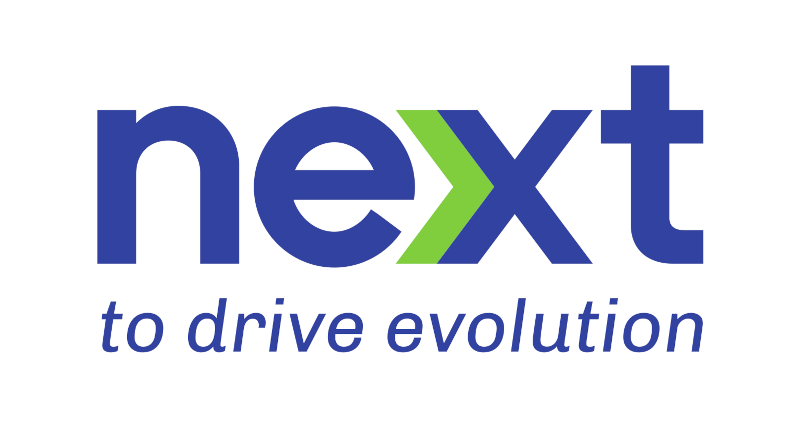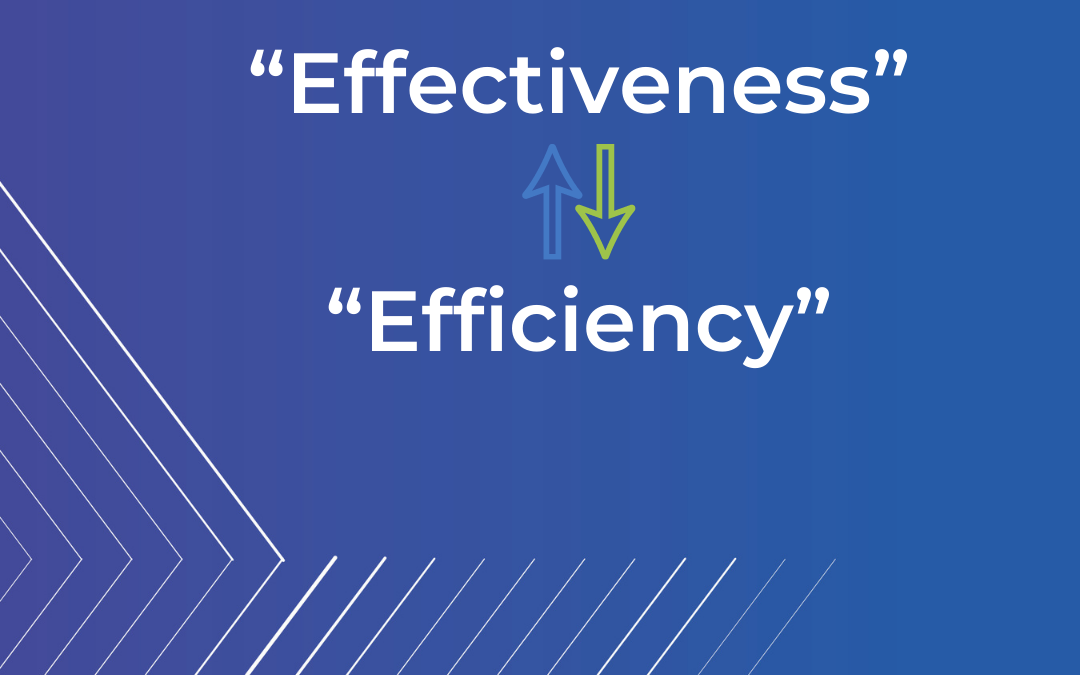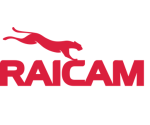The concepts of effectiveness and efficiency are terms whose meaning is often overlapped, as if they were synonyms.
In reality, they describe very different concepts, especially in an industrial context: effectiveness is quite familiar to those who are responsible for the performance of a plant and therefore will probably be familiar with a tool such as OEE, or Overall Equipment Effectiveness, where effectiveness describes the effectiveness of performance.
Efficiency, on the other hand, refers to how many resources a process consumes (in terms of energy, human resources, organisation, etc.).
Today, these two concepts are closely related. The current era of digital and green has ended up tying them together:
Digital aims to make everything more effective; the aim of green is to ensure that this effectiveness is also efficient: this is the challenge of our time.
To create a process that is only effective but inefficient would definitely be a process destined to fail. Let’s not follow that path.
The digital transformation, in this sense, represents a strategic investment because it is very difficult today to be effective and efficient in any other way.
It is a transformation that is receiving great incentives from many quarters, as for example in the PNNR, through funds designed to help companies take this path.
Digital at the service of green?
Digital at the service of green. Or we could say, effectiveness at the service of efficiency.
How can digital serve green?
The answer seems simple: less consumption of paper translates into less use of trees; storage space is also reduced; the cloud has eliminated the need for shipping; video calls have greatly reduced people’s physical movements.
There are so many examples.
But this explanation is far too simple. And things that are too simple rarely translate the complexity of reality.
Indeed, some may rightly argue that digital is particularly energy-intensive.
Digital in the service of green
The best response to this observation is provided by Professor Luciano Floridi in his book ‘Ethics of Artificial Intelligence’. According to Floridi, the problem of efficiency, and therefore of green, is a serious one. Right now, digital can NOT be considered green, but it is a great challenge for the future.
The green is a bit like the pawn that is sacrificed for the final victory, in the famous chess move of the ‘gambit‘. This loss, this ‘digital gambit‘ as Floridi puts it, is precisely the great energy consumption that is stimulating the digital at this time in our history. Today, perhaps it is more correct to say that it is the green that is at the service of the digital….
The challenge is precisely that of using digital technology to quickly develop those technologies (increasingly imbued with Artificial Intelligence) that can then be absolutely sustainable and therefore green.
A sort of bitter medicine, but one that saves you in the end.
Therefore, talking about digital and green as connected concepts and as a consequence of each other does not mean being “current”, does not mean living “hic et nunc“, but thinking with a vision projected into the future.
The need for a blue and green vision
When Next decided to redefine its logo a year ago to celebrate its 10th anniversary, the choice was made towards the expression of these two concepts in it: the digital (the prompt symbol and the colour blue) and the goal of sustainability (green).

We realise that we are part of a process, a journey. But it is a very crowded path, in our opinion. And that is good.
More and more companies are realising that we can no longer avoid an increasingly concrete commitment to the environment.
At the same time, we find ourselves living in a time of technological ferment, in which, in recent years, the computational power we have achieved has made a real comeback for studies and projects on Artificial Intelligence. In the last 20 years, mankind has ‘produced’ 95% of all the information produced since it began to draw on the walls of a cave.
Everything points to an ever more exponential growth.
We have everything to be able to think positively, although dystopian thinking is always around the corner, encouraged by the recent disasters of war and pandemic.
But we have everything to improve the state of things. All it takes is commitment, study and vision.
“Sustainability means survival first and foremost”
This phrase was uttered by Ernesto Ciorra, Director of Enel’s Innovability® division.
Companies must be able to evolve… to ‘ fall one step further ‘ to adapt to change.
Innovation, aimed at sustainability, must involve the entire company, in all its departments.
If you’re interested in the themes that we’re covering, follow and text us on Linkedin: we’d like to know YOUR opinion
You may want to use something even quicker, in that case, follow us on Telegram!


















Recent Comments